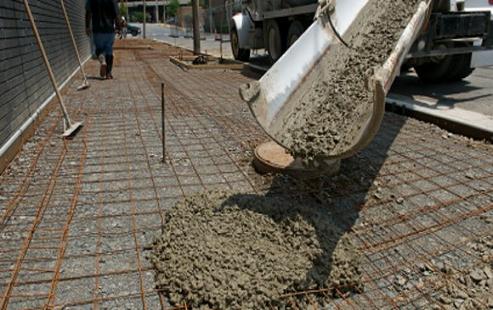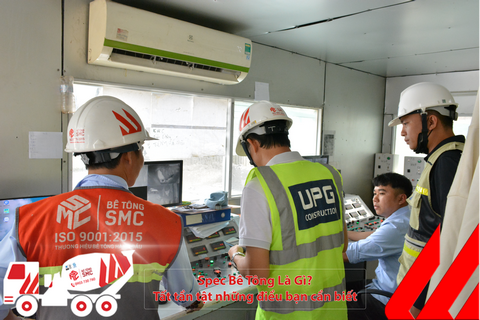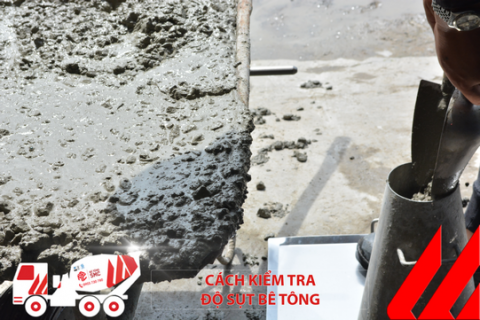Frequently asked Questions
Concrete engineering advice
Business contact
Types of concrete aggregate
Aggregate is one of the main components of concrete that we often see in construction works. There are usually two main types of aggregates: large aggregates and small aggregates. Each type will play a different role, but together create the solidity of the fresh concrete blocks in the building.Currently in construction we see the popular two types of concrete aggregates, which are small aggregate like sand and large aggregate such as stone and gravel.
Aggregate sand is considered as a bearing skeleton for mortar and sand also has anti-shrinkage effect for mortar to increase mortar production. For making mortar, natural or artificial sand can be crushed from solid or hollow rocks. Sand quality has a great influence on the strength of the grout.
Aggregate of stone and gravel will create a bearing frame for fresh concrete . Pebbles have round shape, smoothness, porosity and small surface area so it needs less water, consumes less cement but still easy to compact, easy to pour, but the adhesive force with cement mortar is small so the intensity of concrete is lower than that. macadam.

Technical requirements of concrete aggregate
For small aggregate, the quality of sand for making heavy concrete depends mainly on the composition of particles, magnitude and impurities.
If the sand has a reasonable particle composition, its porosity is small, the amount of cement will be less, the intensity of concrete will be high
The size of the sand also affects the amount of cement needed to make the mortar mixture.
Note that the cleaner the sand, the better the quality of concrete. For grade marks of 400 or higher, the dust and clay dust content must not exceed 1% of the sand volume.
When moist sand of its volume is changed, at 5-7% moisture volume of sand can increase to 20-30%. Therefore, if you quantify sand by volume, you need to adjust its volume according to the actual humidity.
For small aggregate, the largest diameter of the selected material should not exceed 1/5 the smallest size between the inner faces of the formwork. Do not exceed 3/4 of the clear passage size between two adjacent reinforcing bars. Do not exceed 1/3 of the board thickness. Do not exceed 1/3 of the internal diameter of a commercial concrete pump. So you can see the four basic sizes of 5-10 mm,> 10 to 20 mm,> 20 to 40 mm,> 40 to 70 mm.
Also according to regulations, the content of sulphate and sulfite impurities in rocks and gravel must not exceed 1% by weight.
Other news
Currently, ready-mix concrete is a top choice for many construction projects—both large and small—thanks to its convenience, consistent quality, and high construction efficiency. With extensive experience supplying commercial concrete for numerous key projects in the Southern region, SMC proudly offers a diverse range of ready-mix concrete products to meet the technical requirements of every type of construction.
A Comprehensive Guide to Concrete Specs – Everything You Need to Know
A Complete Guide to Concrete Specs – a set of technical parameters including concrete grade, slump, compressive strength, aggregate size, and mix ratio. This article helps you understand how to define, apply, and control concrete quality according to TCVN standards and practical construction conditions.
How to check the concrete slump
In construction and civil engineering, concrete slump test (or simple slump test) is the work performed at the construction site or in the laboratory that usually determines and measures the hardness, consistency of samples. Concrete before pouring concrete or casting maintenance, research or experiment samples.




